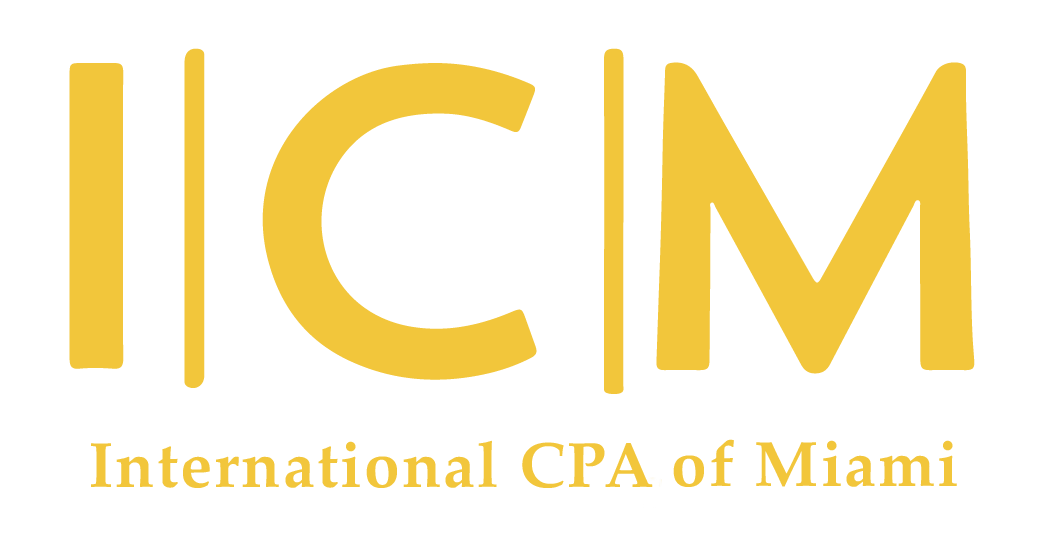Home improvements to qualify for home energy credits
The Internal Revenue Service has reminded taxpayers that making energy-efficient updates to their homes can qualify them for home energy credits.
These credits, expanded by the Inflation Reduction Act of 2022, include the Energy Efficient Home Improvement Credit and the Residential Clean Energy Credit.
Key Points:
Eligibility: Homeowners who improve their primary residence are most likely to qualify, but renters and owners of second homes may also be eligible. Landlords cannot claim these credits.
Resources: Detailed requirements and comparisons of credit amounts for different years are available at IRS.gov/homeenergy and energy.gov.
Energy Efficient Home Improvement Credit:
Qualifying Expenditures: Up to $3,200 in tax credits for qualified improvements made after January 1, 2023. This includes:
Exterior doors, windows, skylights
Insulation and air sealing materials
Energy-efficient property expenses like certain water heaters, furnaces, boilers, heat pumps, biomass stoves, and home energy audits.
Credit Limits:
$1,200 annually for general energy property costs and improvements, with specific limits for doors ($250 per door, $500 total), windows ($600), and home energy audits ($150).
$2,000 annually for qualified heat pumps, biomass stoves, or boilers.
Nonrefundable: The credit cannot exceed the taxpayer’s owed taxes and cannot be carried forward.
Residential Clean Energy Credit:
Qualifying Expenditures: 30% of the cost of new clean energy property for installations from 2022 through 2032. This includes:
Solar electric panels and water heaters
Wind turbines
Geothermal heat pumps
Fuel cells
Battery storage technology (from 2023)
Standards: Specific certifications and standards apply, such as Solar Rating Certification for solar water heaters and Energy Star requirements for geothermal heat pumps.
Credit Limits: No annual or lifetime limit, except for fuel cells. Excess credits can be carried forward to future tax years.
Additional Information:
Claiming the Credits: Use Form 5695, Residential Energy Credits, for the year the property is installed.
Recordkeeping: Maintain good records of purchases and expenses to facilitate claiming the credits.
For further details, visit IRS.gov or energy.gov.
